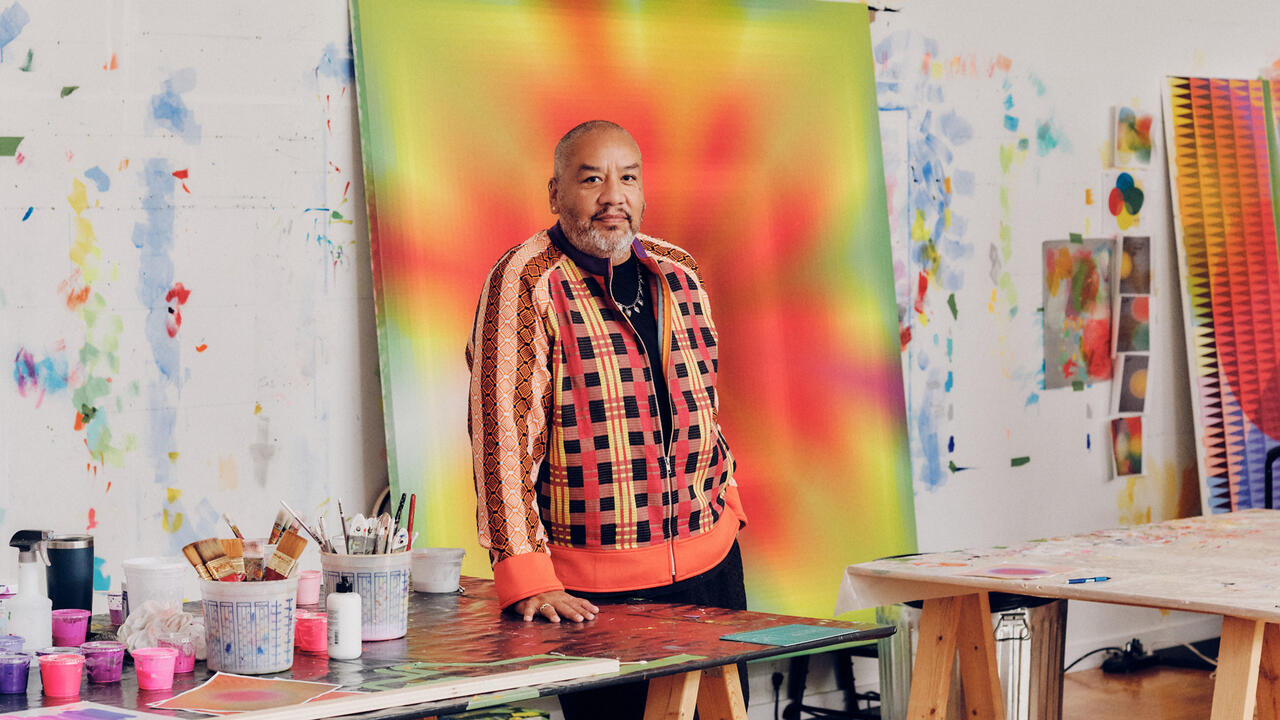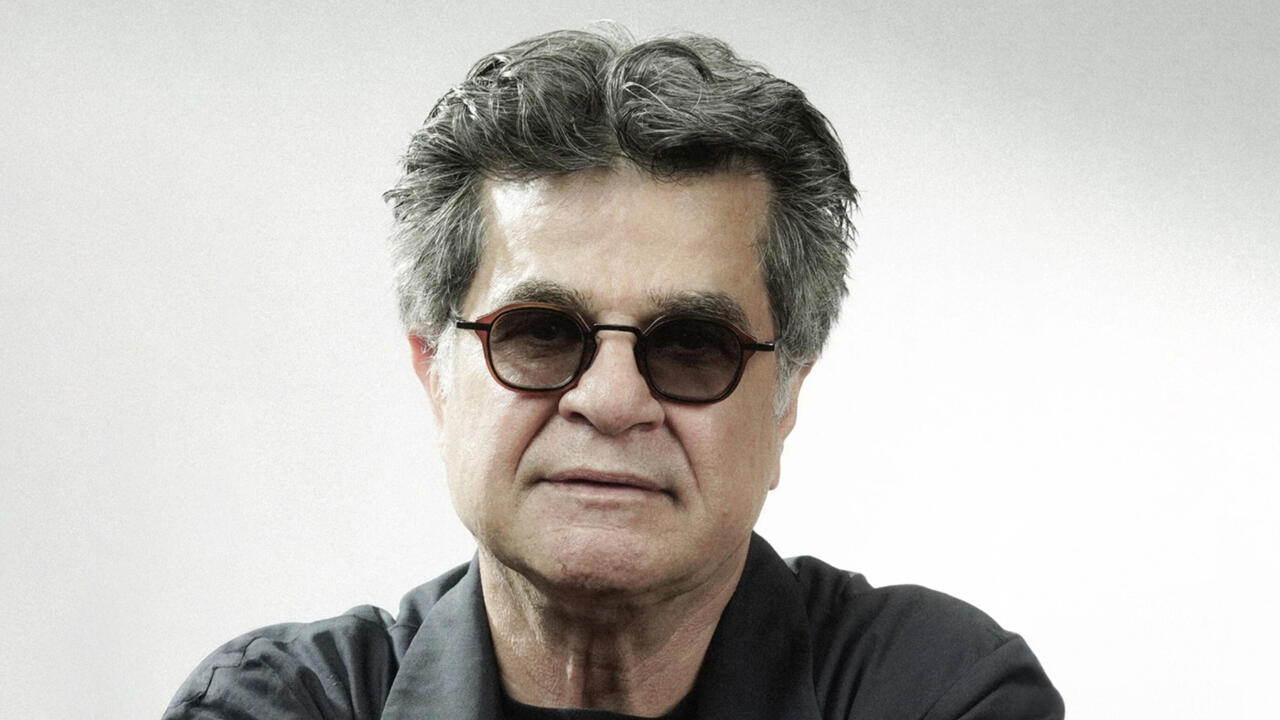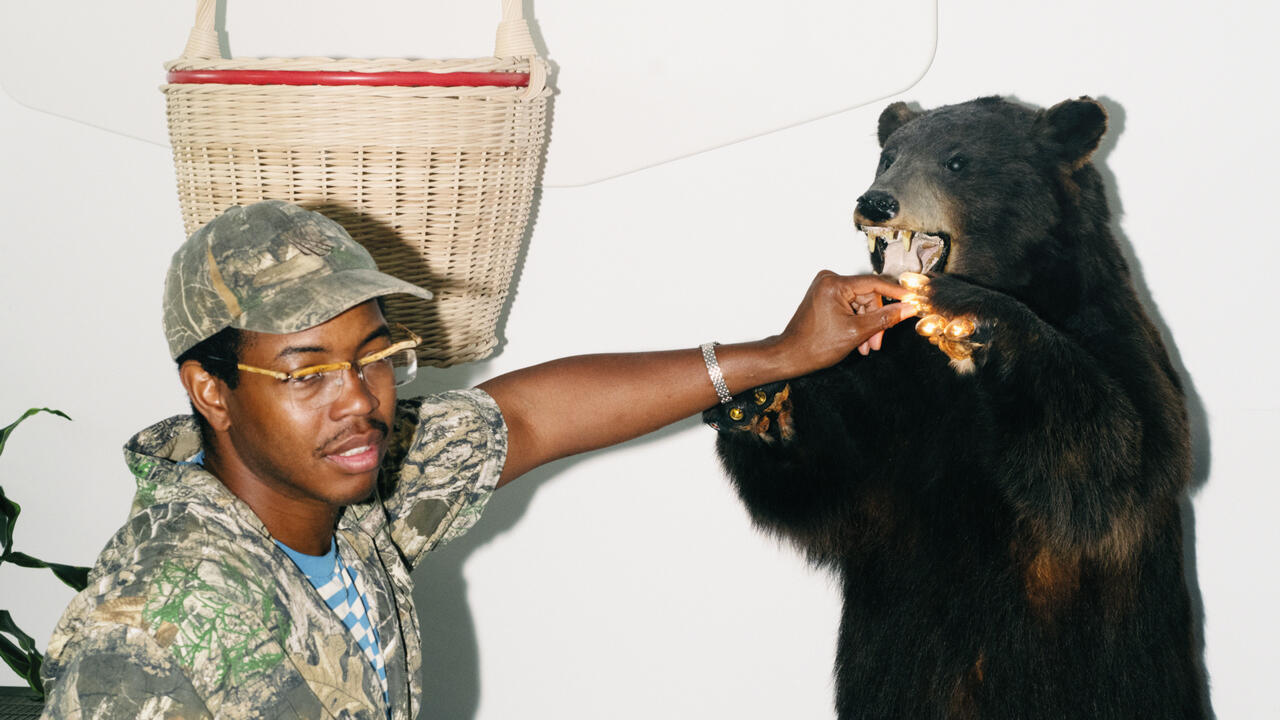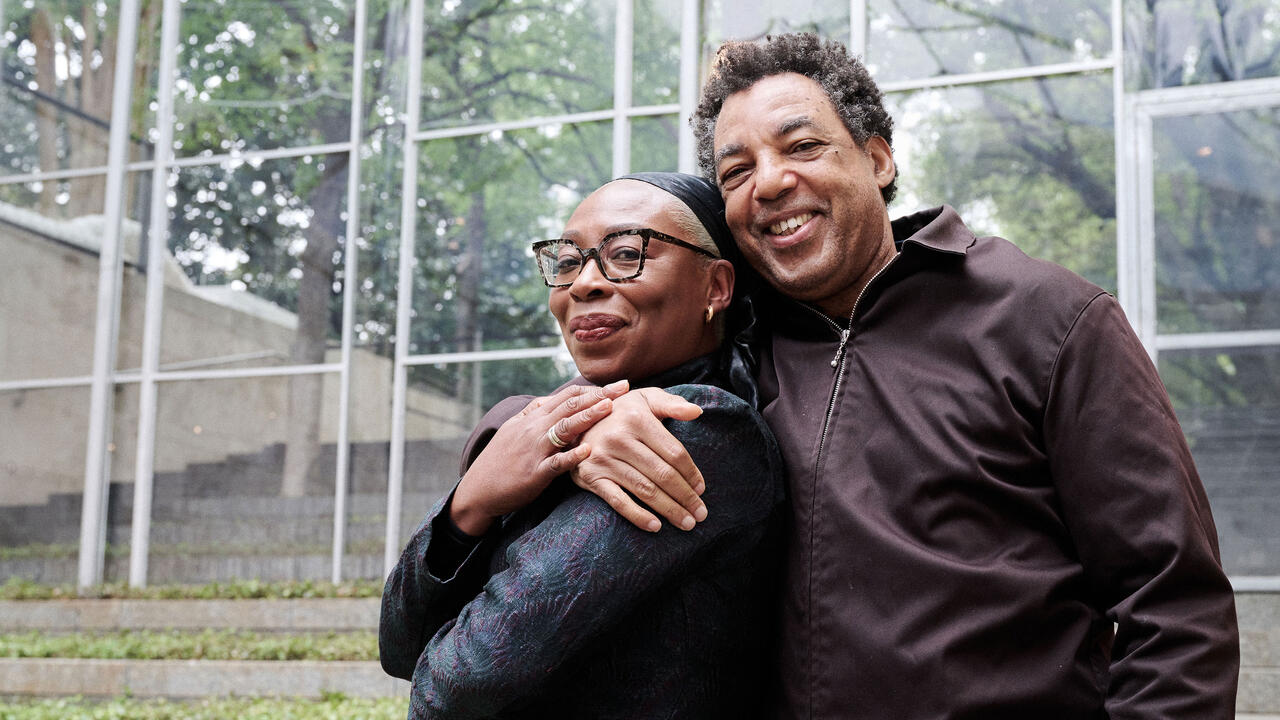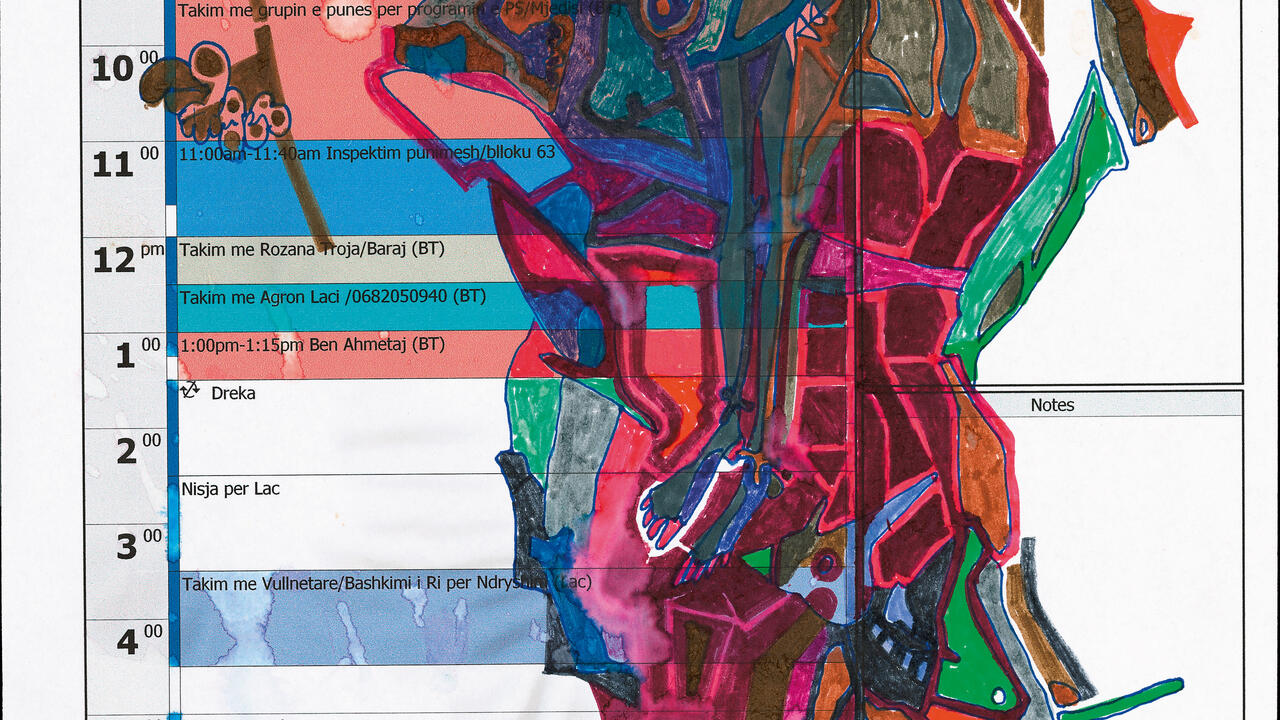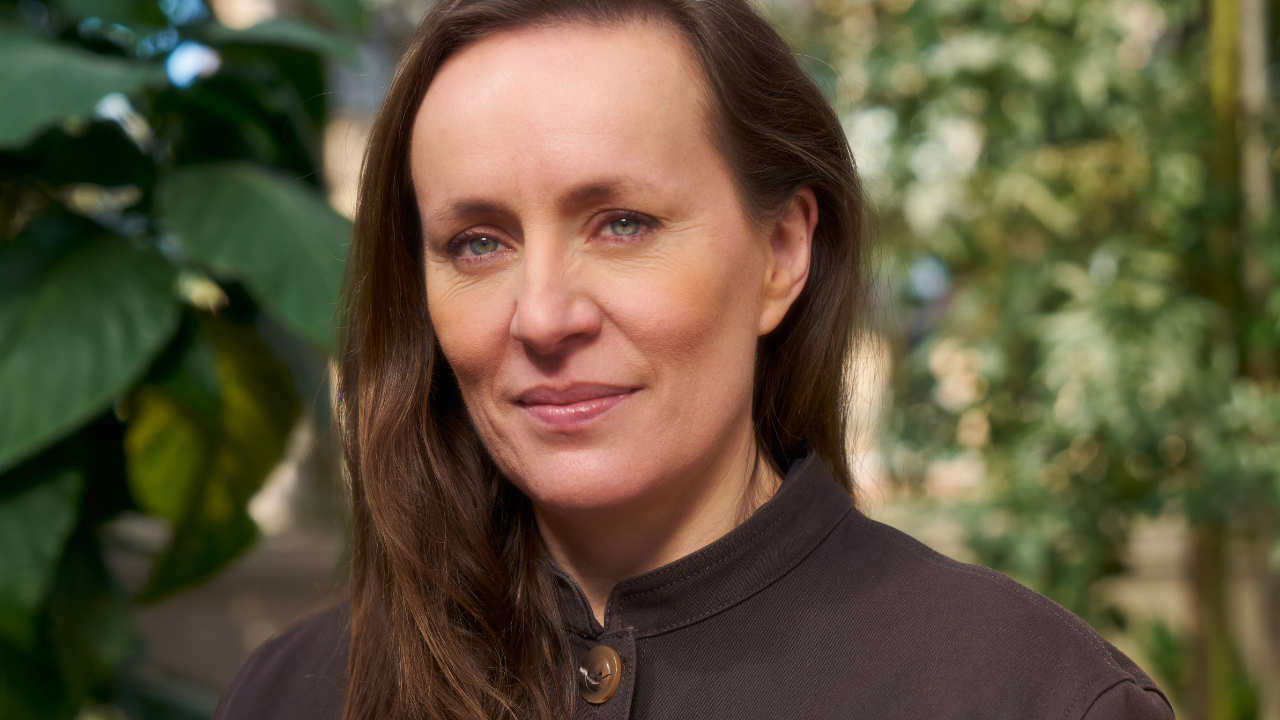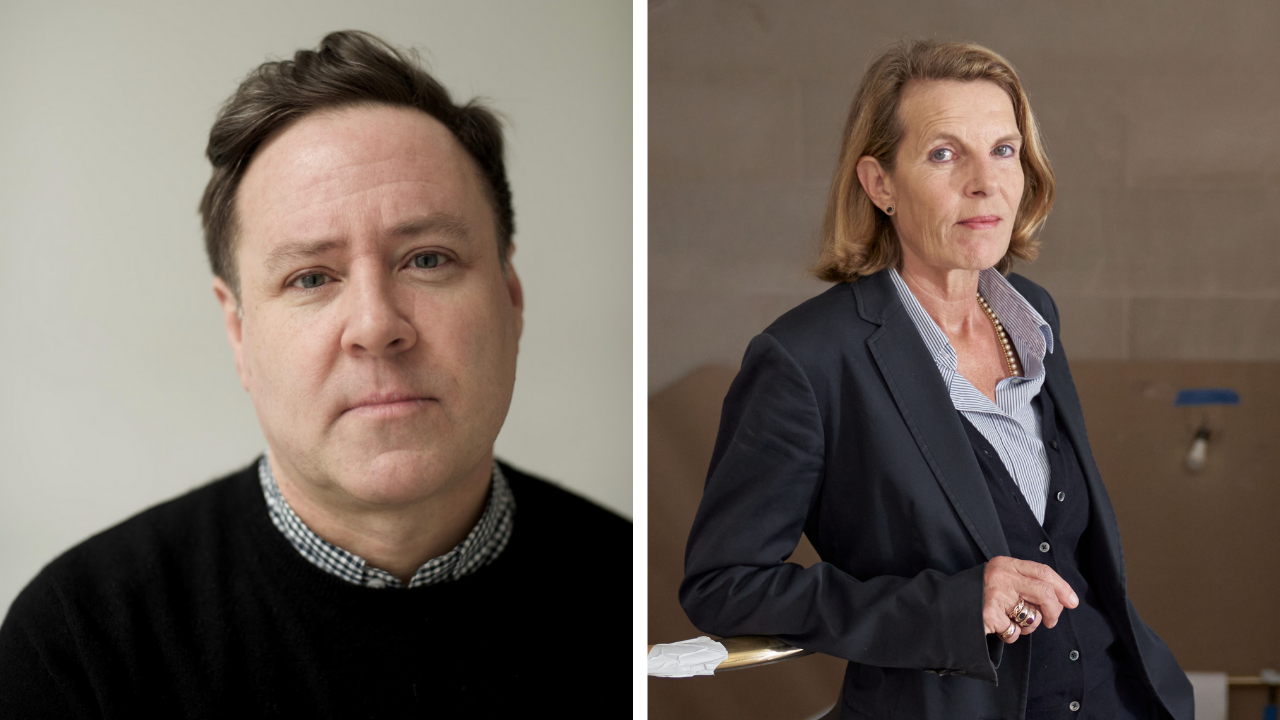Adriano Pedrosa on Bringing Outsiders in at the Venice Biennale
The Biennale’s first Latin American curator discusses his ‘mission’ to prioritize the social history of the Global South
The Biennale’s first Latin American curator discusses his ‘mission’ to prioritize the social history of the Global South

Marko Gluhaich I’ve loved following your ‘Histórias’ curatorial project at the Museu de Arte de São Paulo [MASP], especially in relation to your overall career. I wanted to ask how your past work has informed your thinking for this year’s Venice Biennale?
Adriano Pedrosa There are many references to previous projects of mine in the Biennale. In 1998, I worked on the Bienal de São Paulo, the famous edition devoted to Antropofagia, under chief curator Paulo Herkenhoff. That exhibition – like this year’s Biennale – had a Nucleo Storico. Storico is written in Portuguese with H I S and in Italian with S T O. I’ve decided to maintain the name in Italian for the Biennale – in part to harken back to that earlier project. Antropofagia is also an important reference for the exhibition, particularly the historical section.
On the other hand, the Museu de Arte Moderna de São Paulo organizes its own biennial devoted to Brazilian art called Panorama de Arte Brasileira. I curated the 2009 edition, in which I decided to include only foreigners – non-Brazilians – inviting artists who somehow referred to Brazilian themes or topics in their work, like neo-concretism and Brazilian modernist architecture. It was of course quite polemical: a Brazilian art exhibition without Brazilians. I was proposing, in a speculative manner, that Brazilian art was art that contained Brazilian references but not necessarily art made by Brazilians.
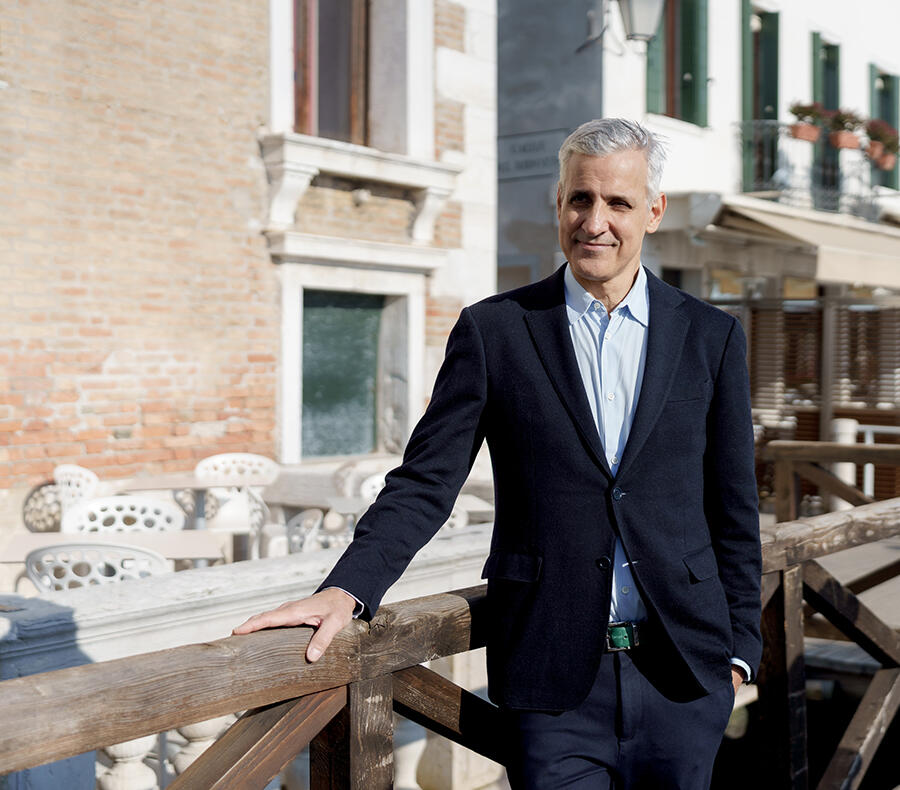
In that project, I invited Claire Fontaine to come to Brazil for a residency and to participate in the exhibition. They ended up contributing two neon sculptures, translating ‘foreigners everywhere’ into both Portuguese and Old Tupi, an Indigenous language no longer spoken by any Brazilians. We consulted a scholar from the Universidade de São Paulo to come up with that translation, which read ‘mamõyguara opá mamõ pupé’ and became the title of the 2009 Panorama da Arte Brasileira. So, this year’s Biennale isn’t the first time that I have organized an exhibition with that particular title, but of course it is a very different project indeed. It’s something that many people don’t know but is nevertheless an important reference.
Regarding the ‘Histórias’ series at MASP, we devote each year’s entire exhibition programme of solo shows, as well as one major group show, to different sets of histories. We tend to be more interested in social history than art history, and thus have worked around Histories of Sexuality, Afro Atlantic Histories, Feminist Histories, among others. Last year, we devoted the full year to Indigenous Histories, this year, to Queer Histories. And, of course, there are some overlaps between the museum’s programme and that of the Biennale. Joseca Yanomami and the collective MAHKU are exhibiting at the Central Pavilion, with MAHKU working on a large-scale mural that will cover the entire façade of the building.
The queer, the Indigenous, the outsider and the so-called artista popular; these are subjects that I have been working with for a long time. What I think is quite crucial for the ‘Histórias’ programme is the fact that, in Portuguese, the term encompasses fiction and non-fiction, personal and public accounts, story and history. And of course, it’s always plural, so there’s this idea of polyphony. We’re not trying to write the definitive, all-encompassing history around the set of issues that we’re dealing with – it’s all quite speculative.

MG I was curious about the wordplay that was happening in your curatorial statement. In the description about the Biennale, there’s a focus on the several meanings behind stranger, étranger, queerness. Could you speak about this more directly? How did you conceive of their different valences in the exhibition?
AP I’ve had this framework for a biennale for a long time, so, when I started, I already had ‘foreigners everywhere’ as a starting point. From the beginning I thought that – considering the politics of language – I didn’t want to have a title that was merely translated. So, our title is really bilingual, I am using one language juxtaposed to the other, and the Italian comes first, after all we are in Italy: Stranieri Ovunque–Foreigners Everywhere.
But then I started to develop it further and thought it would be excessive to do an entire exhibition of this scale just focusing on the foreigner. In Portuguese, there’s a connection between this estranho and estrangeiro. This connection doesn’t exist in English, but it does in French, Italian and Spanish. Estranho, or stranger, is of course one of the meanings of queer, and that is how I unfold into the queer subject, who is one of the subjects of interest on the project. This was also important for me personally, as a queer man, and it’s something that I’ve developed in my research, devoting, for instance, this year’s programming at MASP to Queer Histories.
From the foreigner, the stranger and the queer, I unfold into the outsider, the third subject of interest of the exhibition, which is in turn connected to the self-taught artist and the artista popular, to use a Latin American expression – the same in fact in Portuguese and in Spanish. And finally, the fourth subject is the Indigenous, who is often treated as a foreigner in their own land.

I believe it is significant and urgent to bring all these subjects into the exhibition and to construct a framework that is coherent. Biennials, in general, and maybe Venice, in particular, often have these loose, all-encompassing, poetic titles, and I often prefer more palpable titles, even if still complex and layered. If you look at the ‘Histórias’, you’ll see that I’m interested in topics that may also communicate to a broader audience, which means that the public may come in and be able to understand from the framework what they may encounter.
MG Given a lot of the subject matter of the artists included in the Biennale, how did you consider decolonial, or anti-colonial, approaches to curation?
AP I am the first Latin American curator to be appointed as an artistic director of the visual art sector of the Biennale. Though, I’m not the first curator from the Global South, because Okwui Enwezor was of course a curator before me. But I’m the first one actually living and based in the Global South. Besides that, there were only two other non-European curators, Ralph Rugoff and Robert Storr, who are US Americans. Besides that, there’s a long history of European curators organizing the Biennale since 1895. In this sense, one way to move forward with decolonial approaches is to bring non-European curators, or curators from the Global South, to lead these projects, and hopefully they will present other narratives, other panoramas of art. It is interesting to think that several non-Euromerican curators have organized biennials such as Venice, Lyon, Berlin, Manifesta and others, but none have led any of the major museums in New York, London, Paris, Madrid, Amsterdam or in any other major European capital. It took Venice more than 100 years to choose a non-Euromerican curator, but perhaps it is thought that it is more acceptable for us to be appointed to a position that, however important, after all, lasts only a couple of years. But this is just one of the many complex and contested aspects of art and decolonization.
This past year, I went to London, Paris and Berlin several times to meet immigrants from different parts of the Global South. Yet I believe I’m the first Biennale curator that travelled to Kenya, Zimbabwe, Angola, Paraguay, Guatemala or Indonesia – different parts of the world that haven’t been on past Biennale curators’ maps because of their backgrounds and interests.

That’s why I come to this project with a certain sense of responsibility, a mission almost, of really trying to bring artists from different parts of the world within my research.
I want to conclude by mentioning the Nucleo Storico, which is an important part of the biennale – alongside the Nucleo Contemporaneo. In the panorama of contemporary art, it’s very common for us to see artists from different parts of the world beyond Euramerica, so it could be said that in one sense the panorama of contemporary art has been decolonized – and even more so more recently with more and more Indigenous artists participating in exhibitions. However, that is not so much the case for the 20th century, as ingrained histories are always more difficult to reassess and review than the contemporary. That is why I felt it was important to focus the Nucleo Storico on artists who worked in the 20th century in Africa, Asia, Latin America and the Middle East. Much has been written about modernisms in the Global South, but not many exhibitions have tackled the issue in a broader sense, and that is what I am proposing – again in a speculative manner, very much like an essay or a draft, as there will of course be gaps and lacunae. I hope others may be able to learn, take interest and develop some of these proposals further. And above all, with so many artists being presented in Venice for the first time, the Biennale pays a historical debt towards them. It has been decolonized. But of course we can always decolonize further.
Main image: Portrait of Adriano Pedrosa, 2024. Courtesy: La Biennale di Venezia; photograph: Jacopo Salvi












